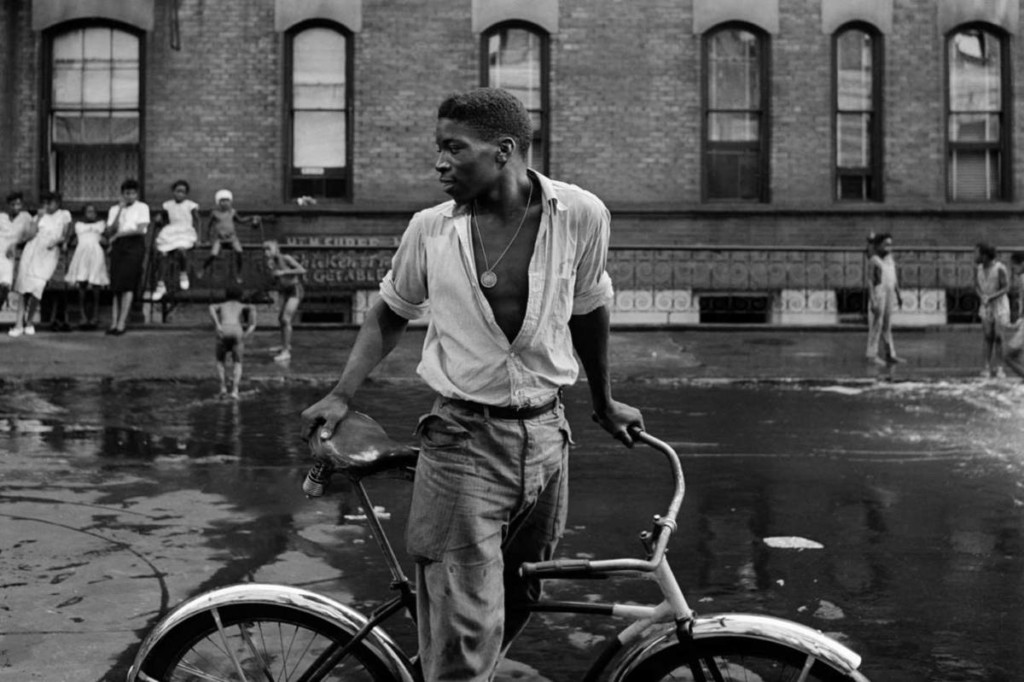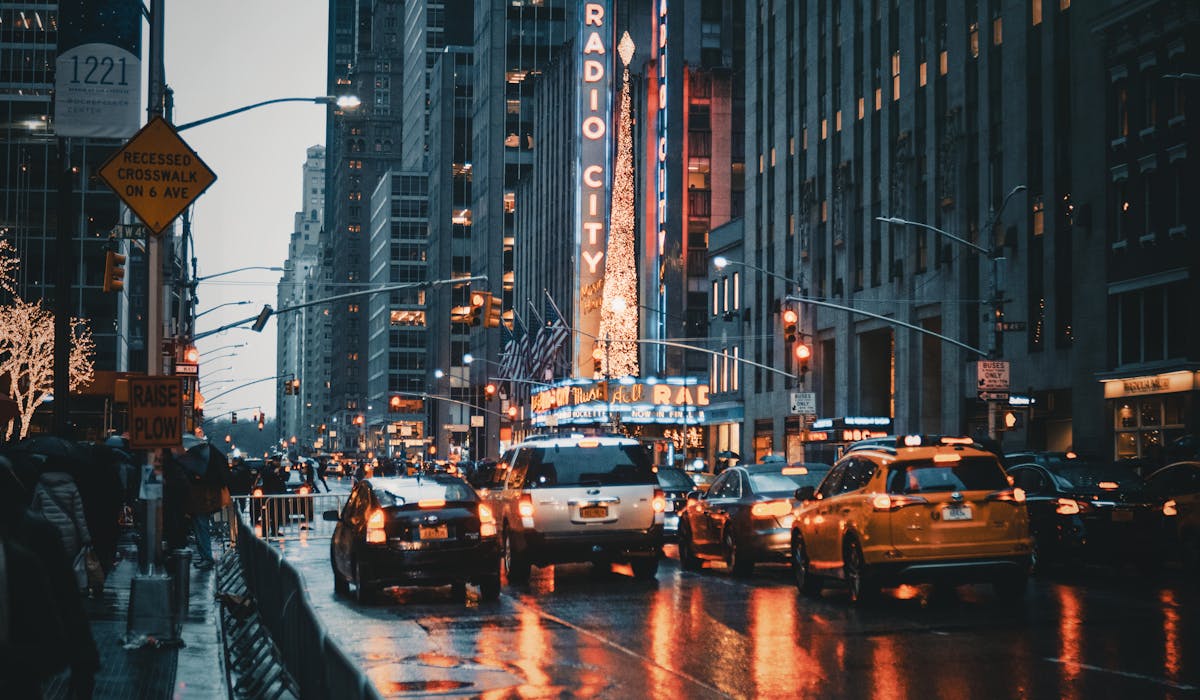Framing Streets - The Facts
Framing Streets - The Facts
Blog Article
The 30-Second Trick For Framing Streets
Table of ContentsFraming Streets Can Be Fun For AnyoneSome Known Details About Framing Streets The smart Trick of Framing Streets That Nobody is Talking AboutThe Greatest Guide To Framing Streets

Both at the Gallery of Modern Art (Mo, MA). Motivated by Frank, in the 1960s Garry Winogrand, Lee Friedlander and Joel Meyerowitz began photographing on the roads of New york city. Phil Coomes, writing for BBC Information in 2013, claimed "For those of us thinking about street photography there are a couple of names that attract attention and one of those is Garry Winogrand"; critic Sean O'Hagan, creating in in 2014, stated "In the 1960s and 70s, he defined road digital photography as an attitude in addition to a style and it has laboured in his darkness since, so conclusive are his photos of New york city." Returning to the UK in 1965 from the United States where he had satisfied Winogrand and adopted road photography, Tony Ray-Jones transformed a wry eye on commonly surreal collections of British individuals on their holidays or joining celebrations.
Street digital photography is a vast genre that can be defined in many methods, but it is usually defined by the spontaneous recording of an unrepeatable, fleeting minute, frequently of the day-to-day going-ons of unfamiliar people. It is classically shot with bigger angle lenses (e. g. 35mm) and usually features city environments.
Not known Incorrect Statements About Framing Streets
Documentary digital photographers generally have a defined, deliberate message and an objective to tape-record particular occasions in history (https://parkbench.com/directory/framingstreets1). The gamut of the documentary technique encompasses aspects of journalism, art, education, sociology and background. In social examination, docudrama photos are often intended to provoke, or to highlight the demand for, societal modification
Street photography is normally viewed as unposed and candid, but there are a couple of road photographers who interact with strangers on the streets and take their portraits. Street pictures are unplanned pictures taken of unfamiliar people while out doing road digital photography, nevertheless they are seen as presented since there is interaction with the subject.
e. 'honest digital photography' by meaning) for art functions has been debatable. Photographing individuals and areas in public is legal in the majority of countries protecting freedom of speech and journalistic flexibility. There are usually restrictions on just how images of people may be used and most countries have particular laws concerning individuals's privacy.
Some Of Framing Streets
The right to personal privacy is secured by Post 8 of the convention. In the context of digital photography, it stands at odds to the Short article 10 right of freedom of speech. Courts will generally consider the public interest in balancing the civil liberties through the legal test of proportionality. While likewise restricting digital photography in order to shield personal privacy rights, street digital photography can still be lawful in France when gone after as an art kind under certain scenarios.

. that simply wandered right into a scene), or that are not also well-known in Read Full Article the picture. https://codepen.io/framingstreets1/pen/NWJrZWo. It additionally does not generally include people that are public numbers (e. g - Best Zoom Lens. politicians or celebrities). If a picture is taken into consideration art, the courts will certainly additionally think about the digital photographer's liberty of imaginative expression; indicating that "artistic" street photography can still be legally published in certain instances
Framing Streets Fundamentals Explained
In Greece the right to take photographs and publish them or market licensing civil liberties over them as fine art or editorial material is shielded by the Constitution of Greece (Article 14 and various other articles) and totally free speech laws in addition to by instance law and legal situations. Photographing the cops and releasing the photographs is likewise lawful.
In Hungary, from 15 March 2014 anyone taking photographs is technically breaking the law if someone wanders into shot, under a new civil code that outlaws taking photos without the authorization of every person in the picture - Lightroom presets. This broadens the legislation on consent to include the taking of photographs, along with their publication
'Covert digital photography' (kakushidori concealed, surreptitious digital photography) 'taken digital photography' (nusumitori without intent of getting approval) and "quick photography' (hayayori before consent and refusal can be offered) are prohibited unless in the previous consent is obtained from the subject right away after taking the picture. People have civil liberties to their pictures (shzken, droit de image).
Report this page